Ali Karami
Graph-Jigsaw Conditioned Diffusion Model for Skeleton-based Video Anomaly Detection
Mar 18, 2024Abstract:Skeleton-based video anomaly detection (SVAD) is a crucial task in computer vision. Accurately identifying abnormal patterns or events enables operators to promptly detect suspicious activities, thereby enhancing safety. Achieving this demands a comprehensive understanding of human motions, both at body and region levels, while also accounting for the wide variations of performing a single action. However, existing studies fail to simultaneously address these crucial properties. This paper introduces a novel, practical and lightweight framework, namely Graph-Jigsaw Conditioned Diffusion Model for Skeleton-based Video Anomaly Detection (GiCiSAD) to overcome the challenges associated with SVAD. GiCiSAD consists of three novel modules: the Graph Attention-based Forecasting module to capture the spatio-temporal dependencies inherent in the data, the Graph-level Jigsaw Puzzle Maker module to distinguish subtle region-level discrepancies between normal and abnormal motions, and the Graph-based Conditional Diffusion model to generate a wide spectrum of human motions. Extensive experiments on four widely used skeleton-based video datasets show that GiCiSAD outperforms existing methods with significantly fewer training parameters, establishing it as the new state-of-the-art.
NERFBK: A High-Quality Benchmark for NERF-Based 3D Reconstruction
Jun 15, 2023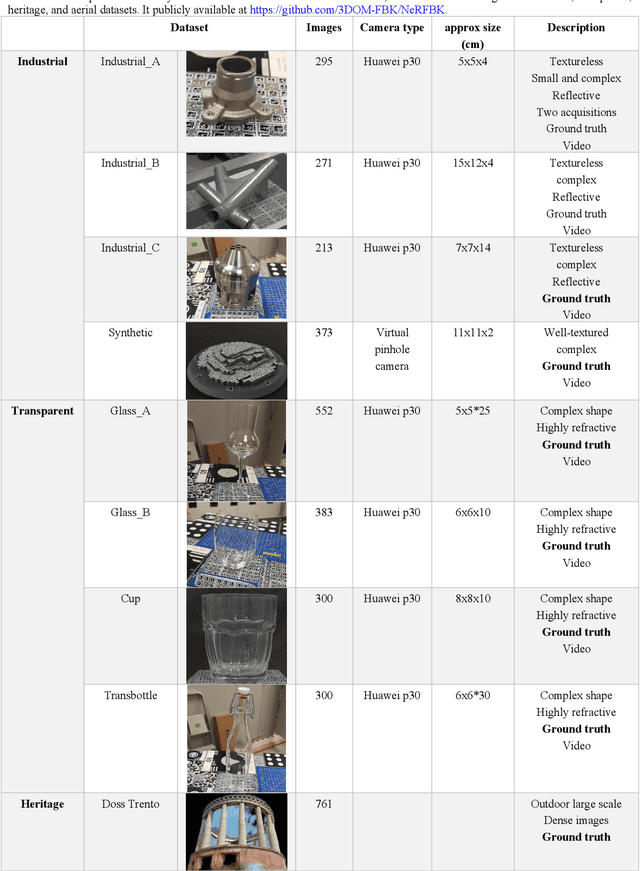
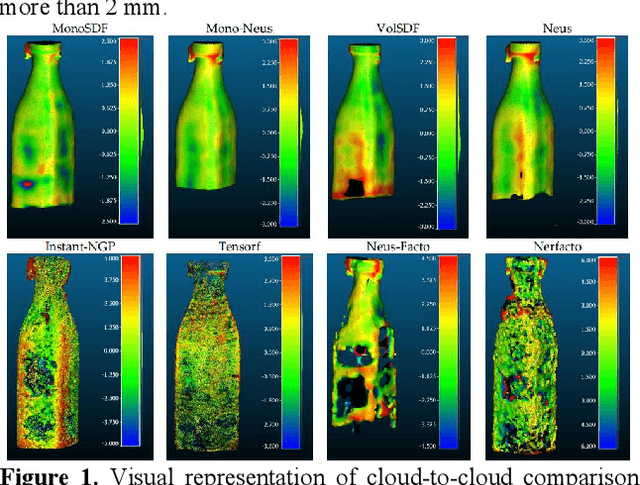
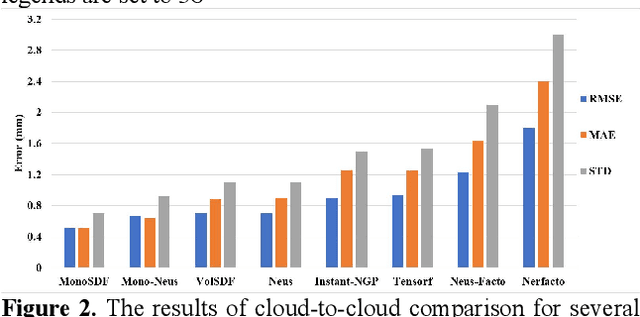
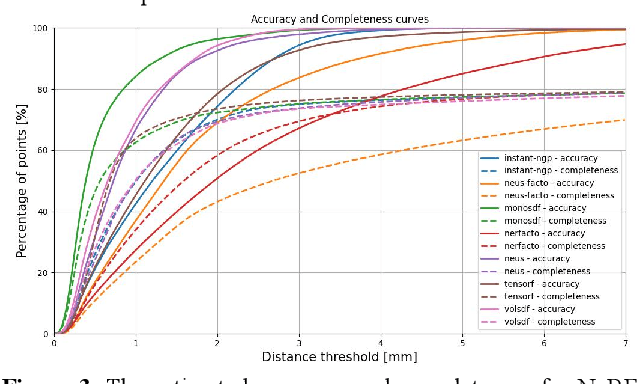
Abstract:This paper introduces a new real and synthetic dataset called NeRFBK specifically designed for testing and comparing NeRF-based 3D reconstruction algorithms. High-quality 3D reconstruction has significant potential in various fields, and advancements in image-based algorithms make it essential to evaluate new advanced techniques. However, gathering diverse data with precise ground truth is challenging and may not encompass all relevant applications. The NeRFBK dataset addresses this issue by providing multi-scale, indoor and outdoor datasets with high-resolution images and videos and camera parameters for testing and comparing NeRF-based algorithms. This paper presents the design and creation of the NeRFBK benchmark, various examples and application scenarios, and highlights its potential for advancing the field of 3D reconstruction.
Graph-based Time-Series Anomaly Detection: A Survey
Jan 31, 2023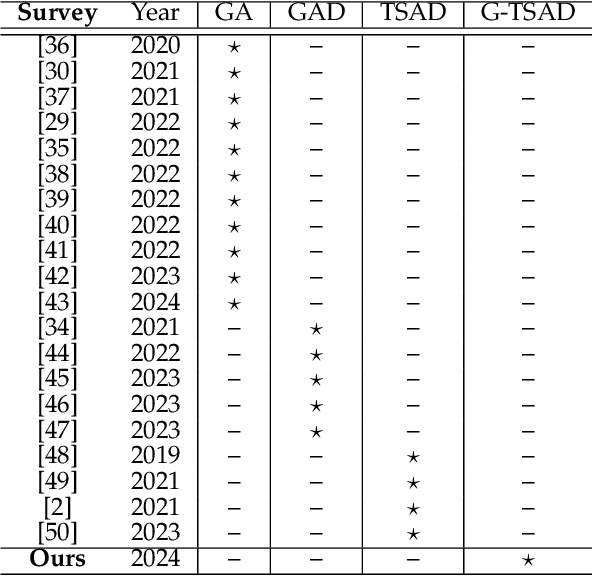
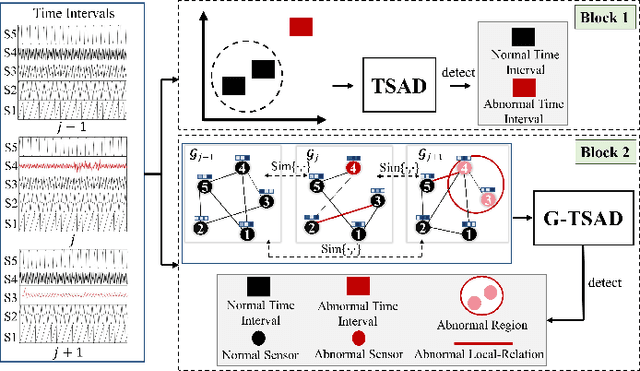
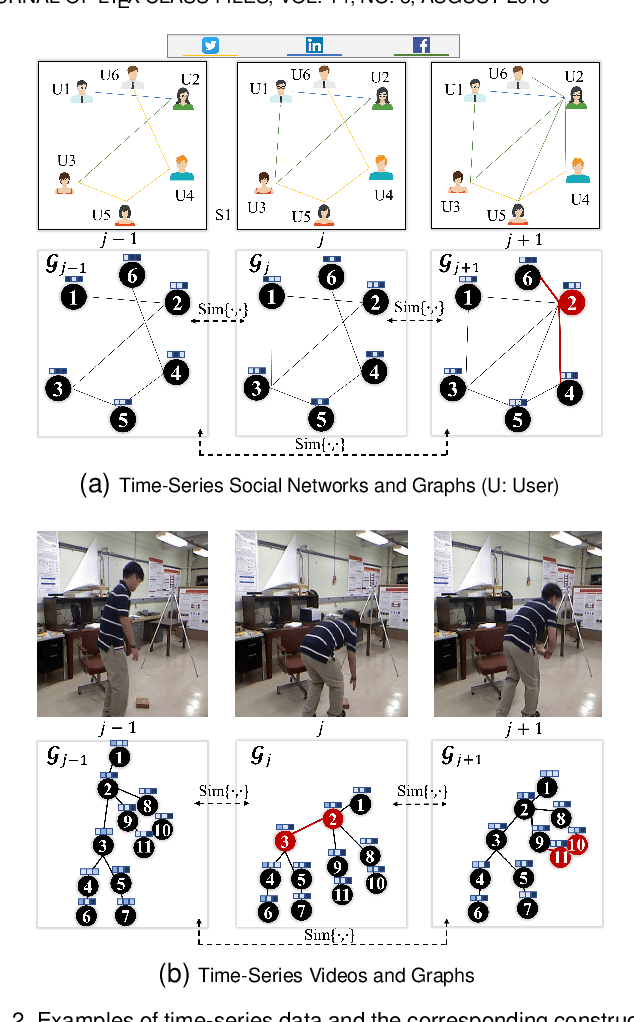
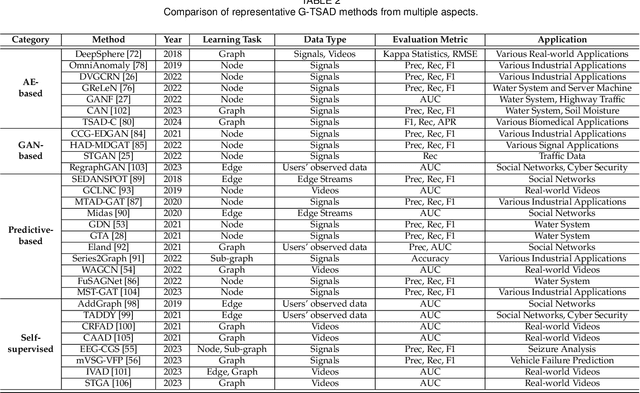
Abstract:With the recent advances in technology, a wide range of systems continues to collect a large amount of data over time and thus generating time series. Detecting anomalies in time series data is an important task in various applications such as e-commerce, cybersecurity, and health care monitoring. However, Time-series Anomaly Detection (TSAD) is very challenging as it requires considering both the temporal dependency and the structural dependency. Recent graph-based approaches have made impressive progress in tackling the challenges of this field. In this survey, we conduct a comprehensive and up-to-date review of Graph-based Time-series Anomaly Detection (G-TSAD). First, we explore the significant potential of graph-based methods in identifying different types of anomalies in time series data. Then, we provide a structured and comprehensive review of the state-of-the-art graph anomaly detection techniques in the context of time series. Finally, we discuss the technical challenges and potential future directions for possible improvements in this research field.
 Add to Chrome
Add to Chrome Add to Firefox
Add to Firefox Add to Edge
Add to Edge